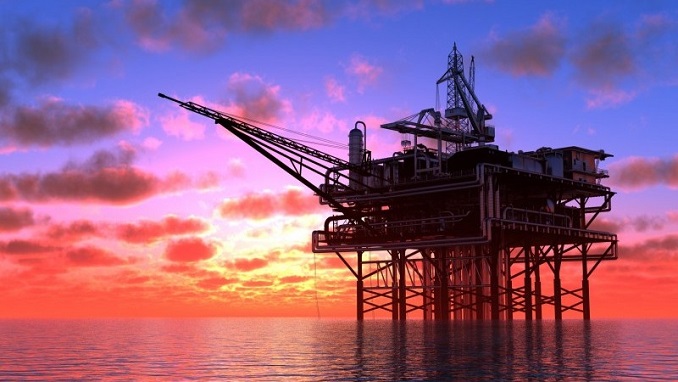European refiners have found themselves oversupplied with crude, despite the fact that the anticipated shortage caused by the looming EU ban on Russian oil has yet to materialize.
The front-month Brent crude futures spread shrank sharply this week, reflecting improved supply in the physical oil market as concerns about the EU embargo on Russian crude eased.
Premiums on current prices to future prices referred to as a backward dated market structure, typically indicate supply constraints.
Traders emphasized Europe’s ability to replace Russian oil with grades from the Middle East, the United States, and Latin America, while Asia is requesting less crude due to an economic slowdown and increased use of Russian barrels.
Brent futures have also fallen by about 7% this week, falling for the second week in a row.
According to one European crude trader, there is too much oil on the market. (European) refiners appear to have overbought in November and December, owing to concerns about the Urals, he said, adding that French strikes and refinery maintenance also contributed to a crude overhang.
Russian Urals crude prices rose in August as traders and refiners rushed to buy as many barrels as they could, fearing that the EU ban on Russian oil would lead to shortages.
The EU will ban Russian crude imports beginning December 5 and oil products beginning February 5. On December 5, a G7 price cap on Russian crude will also go into effect.
The expected tight market has not materialized, according to a second European trader, who added that oil from Brazil, Guyana, Canada, and the United States Midland region was heading to Europe to improve supply. He did, however, warn that supply is likely to tighten again in the new year.
According to traders, refiners have adjusted to life without Russian crude, which was a mainstay of Europe’s refining system.
As a result, premiums for alternative grades like Kazakh CPC Blend, West Africa, and WTI Midland have all fallen.
According to Refinitiv Eikon data, European imports of Latin American crude have increased dramatically since Russia’s invasion of Ukraine, averaging 313,000 barrels per day (bpd) this year, up from 132,000 bpd in 2021.
Europe imported nearly 600,000 bpd of crude from the region in July alone, the highest level since at least 2015.
Crude imports into the United States have also increased, reaching 1.1 million bpd already this year, up from 800,000 bpd for the entire year last year.
Because of a supply glut, WTI Midland prices fell to their lowest level since mid-June.
Iraq also increased its exports to Europe by more than 20% year on year between July and November, according to Refinitiv Eikon data, as the country faces increased competition in Asia from cheaper Urals oil.
Spot premiums for Middle Eastern grades have fallen in recent days in Asia, with Dubai’s premium reaching its lowest level since late January. Meanwhile, Chinese refiners requested less Saudi crude in December due to an economic slowdown.
Nobody is screaming for crude right now, according to a third European trader.

